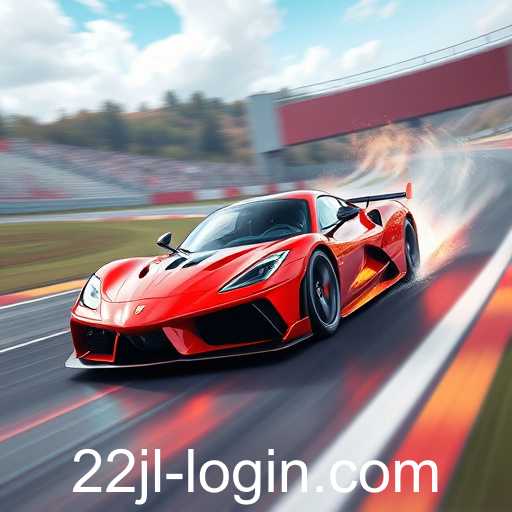Exploring the dynamic world of racing games, this article delves into the genre's history, its diverse offerings, and its enduring popularity among gamers. From classic arcade racers to cutting-edge simulations, racing games continue to capture the imaginations of players worldwide, fueled by technological advancements and vibrant community engagement.
Racing games have long captivated audiences with their high-speed thrills, adrenaline-pumping action, and the opportunity to experience the rush of competitive driving from the comfort of one's own home. As a genre that combines elements of simulation, strategy, and arcade gameplay, racing games have become a staple in the gaming industry, continually evolving with advances in technology and changes in player preferences.
The legacy of racing games dates back to the early days of video gaming, with titles like 'Pole Position' setting the benchmark for what would become a beloved category. Over the years, the genre has seen a remarkable transformation, with developments in graphics, physics, and AI leading to the creation of more immersive and realistic experiences. Today's racing games offer detailed car models, lifelike driving mechanics, and meticulously designed tracks that mimic real-world racing landscapes.
One of the key factors driving the popularity of racing games is the diversity they offer. Players can choose from a variety of sub-genres, including arcade-style racers, which focus on fast-paced, accessible gameplay, and simulation games that prioritize realism and precision. Titles like 'Mario Kart' and 'Forza Motorsport' exemplify this spectrum, appealing to both casual players and hardcore racing enthusiasts.
Racing games also benefit from strong community engagement, with online multiplayer modes enabling players to compete with others worldwide. Many games feature leaderboards, tournaments, and even eSports competitions, fostering a competitive spirit and driving players to hone their skills. Additionally, the modding community has enhanced the longevity and appeal of racing games, offering custom tracks, vehicles, and gameplay modifications.
The future of racing games looks promising, with continued advancements in virtual and augmented reality poised to take the genre to new heights. These technologies are set to deliver experiences that are more immersive than ever before, allowing players to feel as if they are truly inside the game world.
As the gaming industry continues to embrace innovative technologies and broaden its reach, racing games remain a vital part of the gaming landscape, continually pushing the boundaries of what is possible in digital entertainment.




